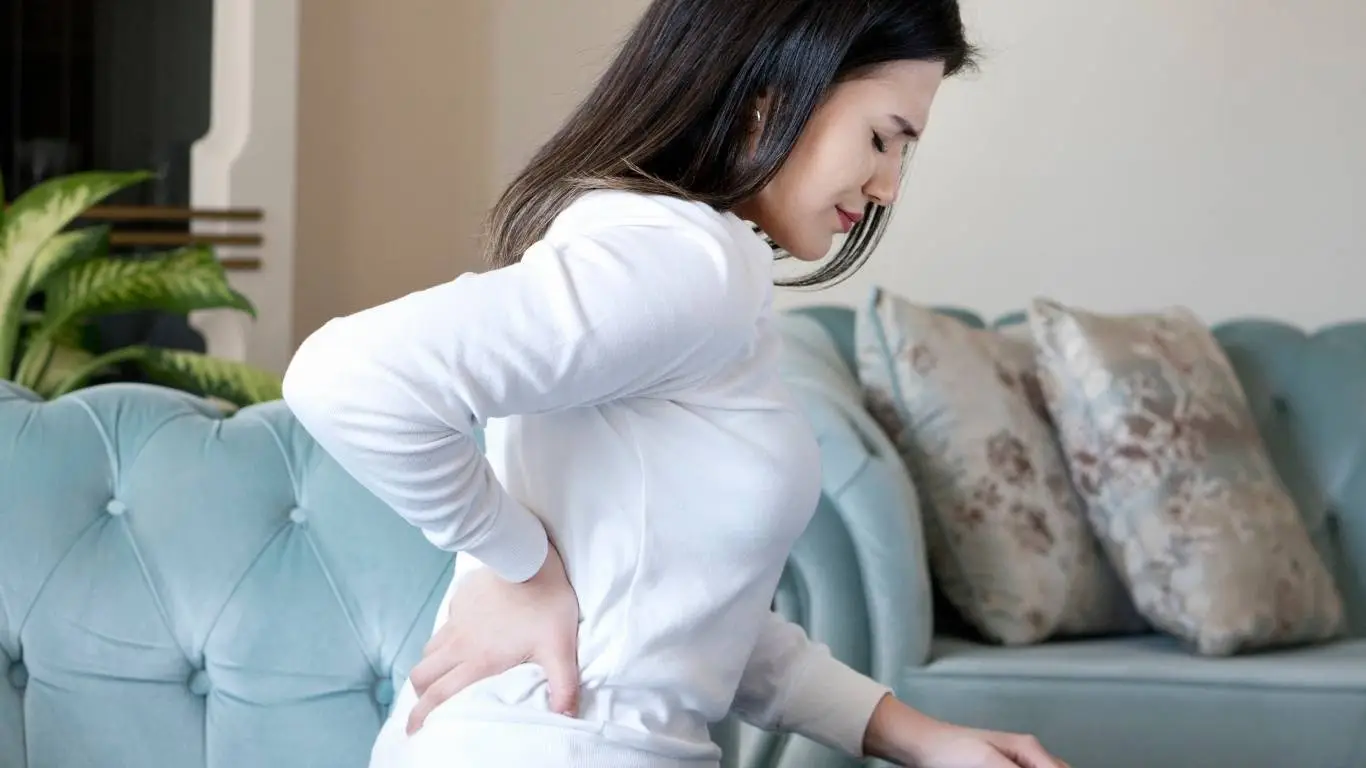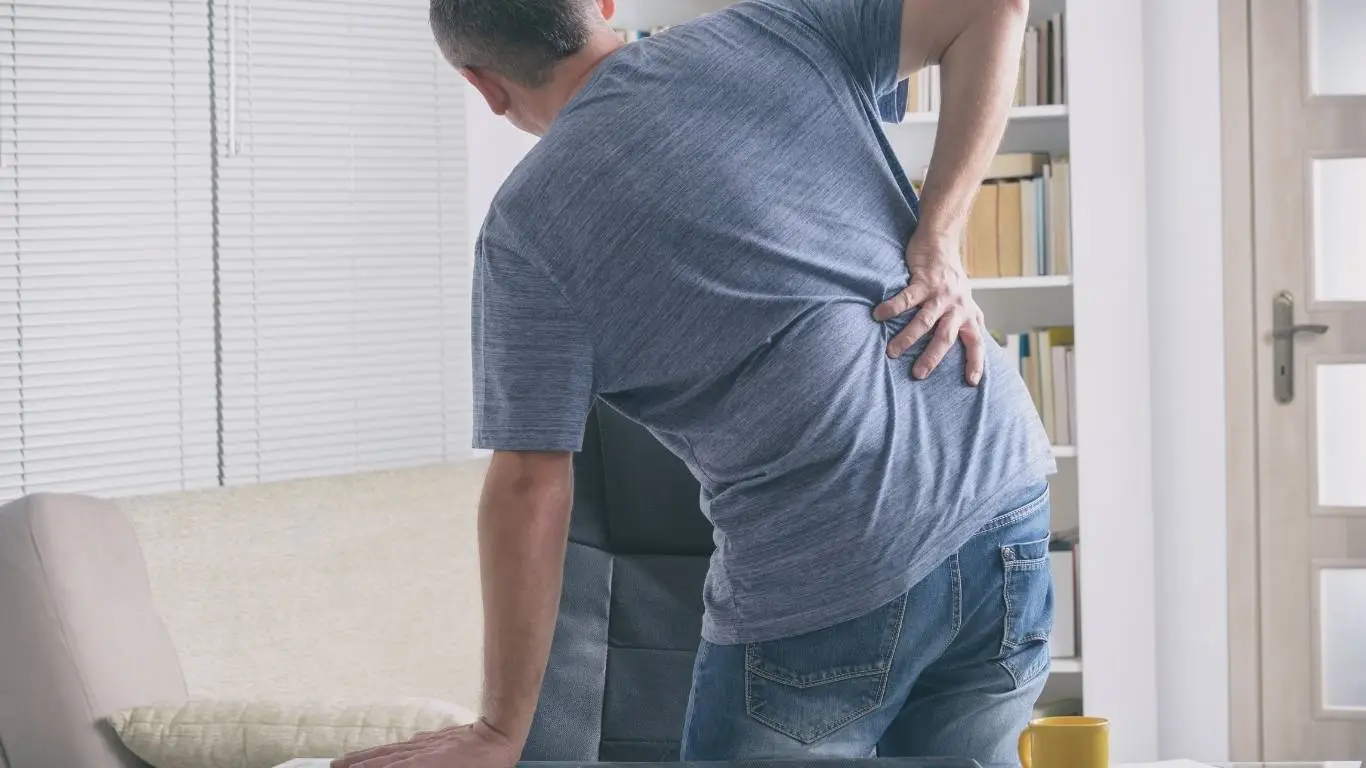Best Wall Exercises For Posture Correction That Actually Work
Years ago, when I found myself hunched over a desk job for long hours, I started noticing my shoulders creeping up, my neck stiffening, and my back aching by the end of each day. That’s when I stumbled upon wall exercises for posture correction—something so simple, yet surprisingly effective. I was skeptical at first, but after just a couple of weeks, I noticed real changes. My shoulders felt lighter, my spine more upright, and I no longer looked like I was melting into my office chair. If you’ve been struggling with poor posture, slouching, or nagging upper back discomfort, these wall-based movements might just be the breakthrough you didn’t know you needed.
Why Wall Exercises Are Game-Changers for Your Posture

Wall exercises might look basic, but don’t underestimate their power. They’re built on foundational movement patterns, helping you realign your spine, activate neglected muscle groups, and improve your awareness of how your body should move and sit. When done consistently, these moves train your body to maintain better posture naturally, not just during workouts, but throughout your daily life.
Built-In Alignment Support
Using a wall as a reference gives you immediate feedback. It’s like having a personal trainer keeping your spine in check. The wall acts as your posture checkpoint—if you can’t keep your head, shoulders, and back flat against it, there’s a misalignment you need to work on.
Minimal Equipment, Maximum Benefits
These exercises require nothing but a wall—no weights, no fancy tools. It’s the ultimate zero-excuse solution. Whether you’re at home, at work, or in a hotel room, you can squeeze in a quick session to reset your posture.
Engages Often-Neglected Muscles
Wall exercises specifically target deep stabilizing muscles that often go dormant thanks to slouchy habits. These include your rhomboids, lower traps, and deep core stabilizers. Strengthening these can do wonders for chronic back tension and even neck stiffness.
- Promotes spinal alignment
- Improves shoulder positioning
- Reduces neck and back strain
- Teaches body awareness
- Boosts confidence through upright posture
Top Wall Exercises That Correct Poor Posture

Wall Angels
This move works like magic for reversing rounded shoulders. Stand with your back against the wall, arms bent like goalposts. Slide your arms up and down like snow angels, keeping contact with the wall. It’s harder than it looks—but it’ll wake up those sleepy shoulder stabilizers.
Wall Slides
With your back and arms flat against the wall, slowly slide your arms upward then back down. It challenges both mobility and muscle control—especially if you’ve been stuck in a forward-head posture for years. You can find more practical support on improving posture and preventing stiffness in the poor posture back pain guide.
Chin Tucks Against the Wall
Perfect for tackling that “tech neck.” Stand against the wall, and gently draw your chin straight back like you’re trying to give yourself a double chin. It strengthens the deep cervical flexors that hold your neck in place without strain.
Wall Planks
Placing your forearms against the wall and leaning into a plank position gives you a full-body challenge that forces your core to stabilize and your glutes to activate—key ingredients for strong, upright posture.
- Keep your feet about a foot away from the wall
- Engage your core and glutes
- Maintain a straight line from head to heels
Bonus: These can also relieve some nagging lower back pressure, especially if you’re dealing with sedentary fatigue. Learn more about posture correction from an upper back pain treatment approach.
Who Should Be Doing Wall Posture Exercises?

If You Sit at a Desk All Day
This one’s a no-brainer. Desk jobs are notorious posture killers. Even with the best ergonomic chair (see top ergonomic chairs), your muscles still need retraining.
If You’re Constantly on Your Phone
That forward-head posture from scrolling endlessly? Yep, wall exercises can help fix that too. Just 10 minutes a day can offset hours of screen slouching.
Post-Injury or Postural Rehab
After an injury, especially involving the spine or shoulders, wall exercises can gently reintroduce alignment and activation without excessive strain. But always consult your healthcare provider or a licensed physical therapist first.
And if you’re dealing with nagging back tension after long periods of inactivity, this guide on recurring back pain has some complementary tips that work great with wall routines.
Tips for Making These Exercises a Daily Habit

Start With Just 5 Minutes
You don’t need a full hour to get results. I started with five-minute sessions while waiting for my coffee to brew. It became a habit before I even realized it.
Set a Reminder
Seriously—use your phone. A simple “wall stretch break” reminder mid-day can nudge you toward consistency. Eventually, your body will crave that upright reset.
Pair It With Something You Already Do
Do your wall routine while brushing your teeth, watching Netflix, or cooling down after a walk. Habit stacking is the ultimate trick for staying consistent without even thinking about it.
Want to learn more about integrating posture improvement into daily habits? Check out this resource-packed article on exercise, rehabilitation, and ergonomics from our pillar collection.
For an overarching look at back health and posture-friendly lifestyle changes, don’t miss our comprehensive guide here: Back Pain Main Pillar.
Advanced Wall Exercises to Supercharge Your Posture

Once you’ve built a solid foundation with the basics, you’ll want to crank things up a notch. When I first moved into the advanced wall moves, I’ll admit—I was humbled. They look simple, but the burn in those tiny, supportive muscles is real. These exercises not only boost posture but also help prevent injury and build that proud, upright confidence we all want.
Wall Dead Bug
This is one of my go-to moves now, especially for core control and spinal alignment. Lie on your back near a wall with your feet pressed against it and knees at 90 degrees. Extend opposite arm and leg slowly while maintaining wall pressure with the feet. Sounds easy, but wow—it fires up deep core muscles that stabilize your back like nothing else.
Wall Shoulder Blade Squeeze
It’s shockingly effective for people like me who’ve spent way too much time rounding their shoulders forward. Stand tall with your back against the wall and simply squeeze your shoulder blades together, holding for 5-10 seconds. It’s great paired with injury recovery routines.
Wall March
Stand in a slight lean with your forearms pressed to the wall and alternate bringing each knee up like you’re marching. It looks easy, but keeping your core stable while resisting rotation works everything from your glutes to your hip flexors and abs.
- Strengthens stabilizing muscles
- Improves coordination
- Builds endurance for upright posture
Wall Clocks
This one I picked up from a physical therapist friend. Place your palm against the wall at shoulder height and “draw” a clock face—moving only from the shoulder. It’s gold for shoulder mobility and postural endurance, especially if you’re recovering from sports injuries.
Common Mistakes People Make With Wall Exercises

Cheating the Wall Contact
One of the biggest slip-ups? People arching their lower back or letting their head poke forward. I did this too until I started recording myself to check. Be strict—your back, head, and glutes should all touch the wall unless otherwise noted. If you can’t, that’s your sign to regress slightly and work your way up.
Speeding Through Reps
Slow and controlled is the name of the game. These aren’t HIIT exercises. It’s about neuromuscular control and activation. If you breeze through reps, you’re just going through motions—not actually retraining your posture. This tip really clicked for me after I read the part on symptom awareness in posture-related pain.
Holding Your Breath
I was guilty of this early on—tense up, hold breath, push through. But posture comes from being able to move and breathe efficiently. Exhale during effort, and you’ll notice better core engagement and less neck tension.
How Wall Exercises Can Ease Chronic Back Pain

If you’re dealing with persistent or recurring back pain (like I was), you know how defeating it can feel. You try stretches, get temporary relief, and the ache returns. What surprised me was how consistently practicing wall posture drills led to lasting improvement. These movements realign your spine, rebalance muscle tension, and retrain your nervous system. That’s why they’re often used in non-invasive therapy programs before considering surgical options.
There’s also a powerful mind-body element to them. When you slow down, breathe deeply, and stay connected to how your body feels, it’s easier to notice—and fix—habitual posture patterns that cause pain in the first place.
For folks living with chronic back tension, conditions like fibromyalgia-related pain, or those just trying to keep their spine healthy long-term, these wall-based routines can be the foundation of a sustainable recovery strategy.
Best Times to Do Wall Exercises

Morning Reset
After sleeping in less-than-perfect positions, a few wall stretches can wake up the spine and get your body aligned before your day starts. I love doing wall angels and chin tucks right after brushing my teeth.
Midday Posture Break
Long screen sessions? You’re not alone. Break the cycle with a 5-minute wall break. It improves blood flow, re-centers your body, and boosts focus. Try pairing this habit with insights from our ergonomics for working adults pillar guide.
Evening Unwind
Instead of reaching for your phone or flopping into bed, do a wall sequence to decompress. It slows your breathing, eases tightness, and gets your nervous system into rest mode. I usually throw in a yoga stretch or two afterward for extra release.
Integrating Wall Workouts into Your Lifestyle

Use an App to Track Progress
There are tons of free apps that let you build custom routines or just remind you to move. I’ve used one that buzzes me every few hours to “unhunch”—honestly, it’s changed my posture more than anything.
Find a Mirror or Record Yourself
This tip changed the game for me. Recording myself made it easier to see my shoulder tilt and how my hips rotated. Realizing the gap between how I *thought* I looked and how I actually looked was the push I needed to fix it.
Pair with Other Movement Strategies
Wall routines are fantastic alone but even better when you pair them with walks, strength training, or mobility work. If you’ve ever had trouble with tight hamstrings causing back pain, wall hamstring drills are a great combo to explore.
For an even broader strategy on holistic back support, you’ll find valuable insights and actionable tips in the lifestyle and natural remedies pillar.
And don’t forget, wall exercises aren’t just a fix—they’re a foundation. Done consistently, they create real, lasting change. To dive deeper into creating a posture-supportive lifestyle, visit our Back Pain Hub where you’ll find expert guidance and long-term tools that actually work.

Camellia Wulansari is a dedicated Medical Assistant at a local clinic and a passionate health writer at Healthusias.com. With years of hands-on experience in patient care and a deep interest in preventive medicine, she bridges the gap between clinical knowledge and accessible health information. Camellia specializes in writing about digestive health, chronic conditions like GERD and hypertension, respiratory issues, and autoimmune diseases, aiming to empower readers with practical, easy-to-understand insights. When she’s not assisting patients or writing, you’ll find her enjoying quiet mornings with coffee and a medical journal in hand—or jamming to her favorite metal band, Lamb of God.





